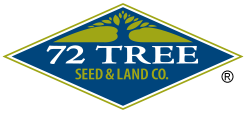Notice: Undefined variable: page in /home/vrxdg1855sn3/public_html/wp-content/themes/72tree/content.php on line 15
Notice: Trying to get property 'ID' of non-object in /home/vrxdg1855sn3/public_html/wp-content/themes/72tree/content.php on line 15
Common Maple Tree Diseases, Symptoms, Treatment, and Prevention
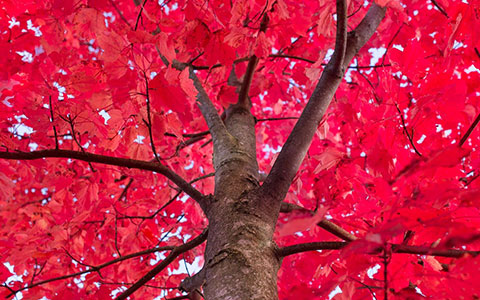
Stop your maple tree from needlessly dying. If caught in time, diseases that attack maples can be treated with success.
72tree.com of Alpharetta Ga, assembled the following list of diseases that affect maple trees, how to identify, treat, and prevent them.
Why do My Maple Tree Leaves Have Spots?
One of the easiest ways to detect maple tree diseases is through irregularities in shape or size, spots, and/or blemishes on the tree’s foliage.
The following diseases may cause spots to appear on your maple tree’s foliage:
Leaf Spot (Phyllosticta minima) – This fungal infection causes round spots about a quarter of an inch in diameter to appear on leaves. These spots will have a pronounced purple border and blackish dots in the center of the spot (fungal fruiting structures).
Treatment: Before fall, prune dead twigs, stems, and branches. Collect all clippings and destroy them (burning them is highly recommended) to prevent the spread of the fungus.
Have the tree evaluated to determine the extent of the infection and whether further action like using fungicides should be taken to protect your tree and surrounding landscape.
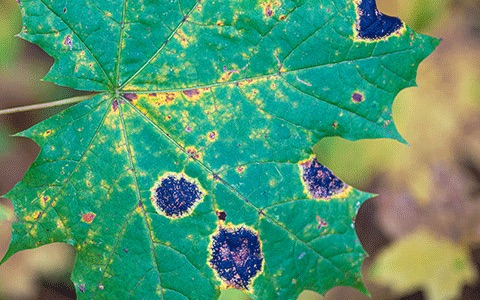
NOTE: Sanitize all equipment, including gloves and protective clothing that come in contact with an infected tree and its foliage.
Anthracnose (Aureobasidium apocryptum or Discula – Gloeosporium) – Anthracnose is a fungal infection that causes purple or brown streaks to occur alongside and between leaf veins. In some maple species, drought and heat stress can produce similar symptoms. You can confirm an anthracnose infection by locating small, brown fungal fruiting structures near the veins of affected leaves.
Treatment: The same measures and precautions for leaf spot should be used in the treatment of anthracnose.
NOTE: Anthracnose can lead to severe defoliation during a wet spring season.
Root Rot (Fomes fomentarius, Ganoderma lucidum, or Laetiporus sulfureus) – Once a fungal infection embeds itself in the trunk or the roots of a maple tree, there are three types of symptoms to watch for:
• Foliage in the entire crown or a section of it may suffer from chlorosis, wilt, die and eventually fall. This happens as the fungi cause hydraulic failure within the roots, trunk, and branches.
• Fungal fruiting structures (mushroom conks) will appear from late spring to mid-fall. For these structures to form, there must be rotting organic material within the tree.
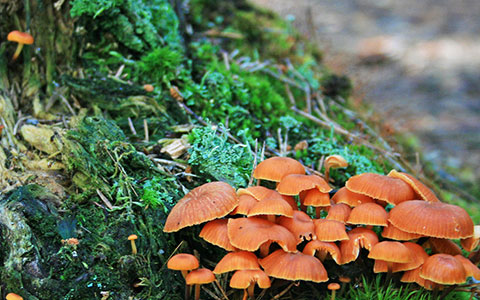
• Large black ants known as carpenter ants will make a nest for their colony within trees that suffer from heart rot. These ants do not burrow through heartwood, they remove the tissues rotting and softened from the infection.
Treatment: Once root rot or heart rot has been confirmed, have the tree professionally removed as quickly as possible.
NOTE: The presence of carpenter ants and fungal fruiting structures only occur after significant damage has been done to the tree. When the affected tree is within striking distance of your home, places where people congregate, or other structures and vehicles, the situation should be treated as an emergency.
Galls – These spots are irregular growths or swellings that occur from a reaction to tissue feeding or egg-laying by various species of mites and insects (commonly mistaken for fungal infection).
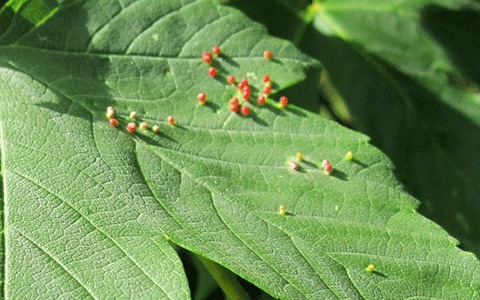
Galls appear in various ways. Each mite or insect species produces a distinctive gall shape and can range from wart-like bumps to felt-like patches to spindle-shaped protrusions. Galls develop in the spring, and once formed, the pest remains protected within the structure. Arborists can often identify which mite or insect has infested your tree by the shape and appearance of the galls.
Treatment: Leaf galls are relatively innocuous and rarely result in any long term damage to the tree. Applications of pesticides are relatively ineffective, as the pests are protected within the gall structure.
The most effective manner of gall removal is to handpick and destroy affected foliage before exit holes form and allow the pest(s) to move on. If the presence of galls is overwhelming, hire a professional tree service to evaluate the situation and recommend a course of action.
Maple Tree Disease Prevention
Maple tree disease prevention begins with good tree care practices. The healthier your tree is, the more vigorously it can fight back against diseases and infestations.
However, when the tree’s defenses fail, here are steps to prevent the disease or infestation from infecting surrounding trees:
• Prune affected limbs (before leaf-drop)
• Burn all pruned limbs and foliage
• Always sanitize pruning equipment after use on an infected tree
• Avoid tracking soil from around infected trees to areas around uninfected trees (many fungi and other pathogens thrive in the soil). Clean boots, protective clothing, tools, and equipment before leaving an infested area
• Replant resistant species after tree removal
• Avoid planting maple trees in areas with a history of tree diseases
• Have annual tree inspections and soil testing performed to detect any issues early on.
Black Spots on Maple Leaves
In this article, you discovered how to identify diseases that cause spots on maple tree leaves, how to treat them, and how to prevent them.
Prevent the decline of your maple tree by knowing what to do when a fungus or pathogen begins showing signs of infection.
Your choice to ignore signs that your tree is diseased or in decline can result in catastrophic fungal outbreaks to your landscape, or costly damages to your property when the tree falls.
Sources:
extension.psu.edu/maple-diseases
hgic.clemson.edu/factsheet/maple-diseases-insect-pests/
pnwhandbooks.org/plantdisease/host-disease/maple-acer-spp-verticillium-wilt
